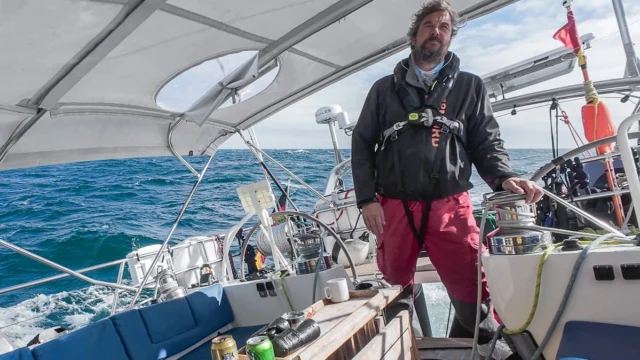Sailing like the Vikings
The Kingdom of Norway is a state in Northern Europe on the Scandinavian peninsula. In addition to the mainland, the Kingdom of Norway includes the archipelago of Svalbard and the island of Jan Mayen. The capital and most populous city is Oslo. The country is located in the west of the Scandinavian Peninsula and borders Sweden to the east and Finland and Russia to the north-east. Norway is one of the largest countries in Europe in terms of area (8th), but is sparsely populated with only 5,488,984 inhabitants (as of 1 January 2023). The majority of the population lives in the south of the country.








 . Für die nächste Salzwass
. Für die nächste Salzwass




